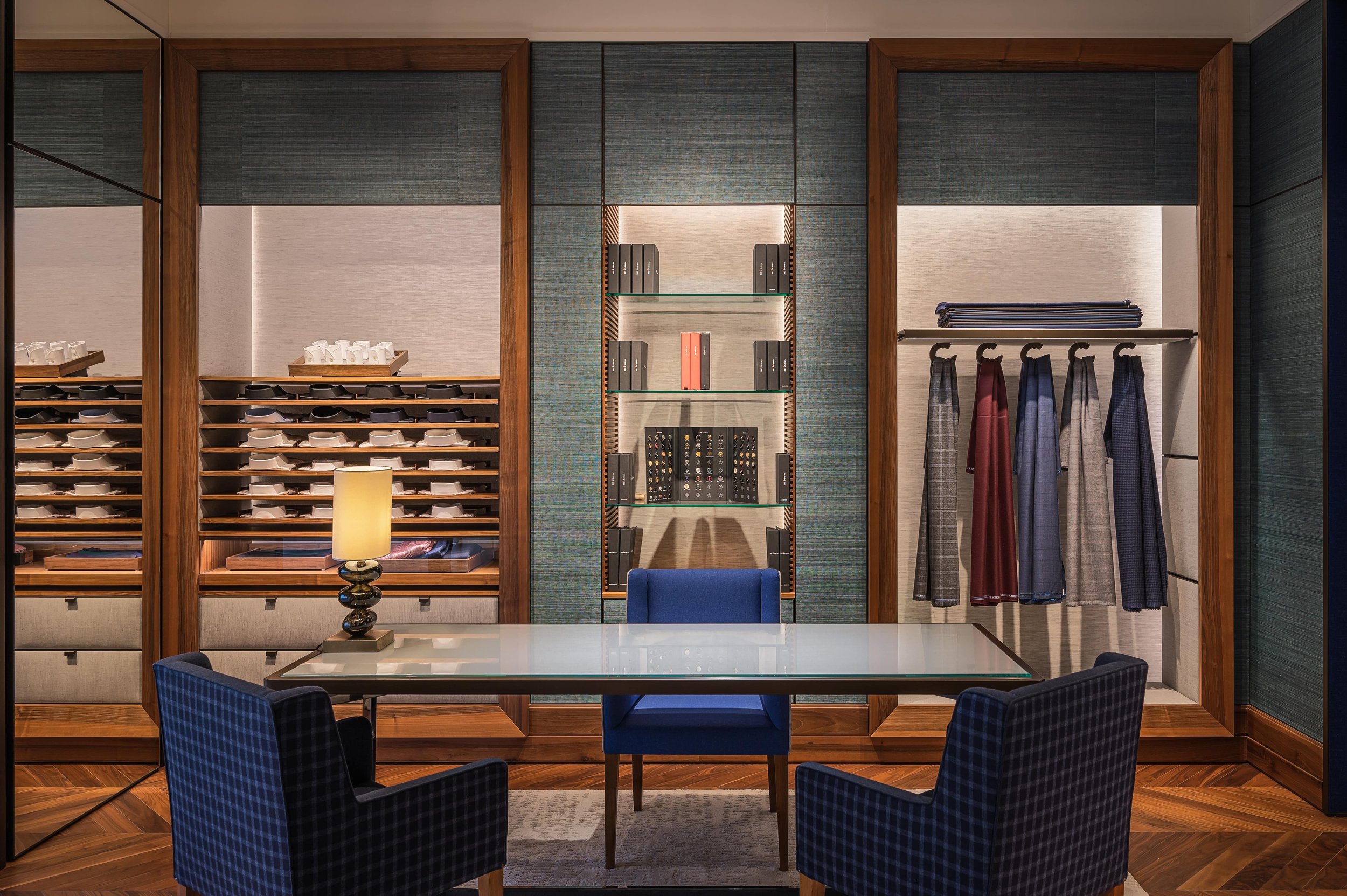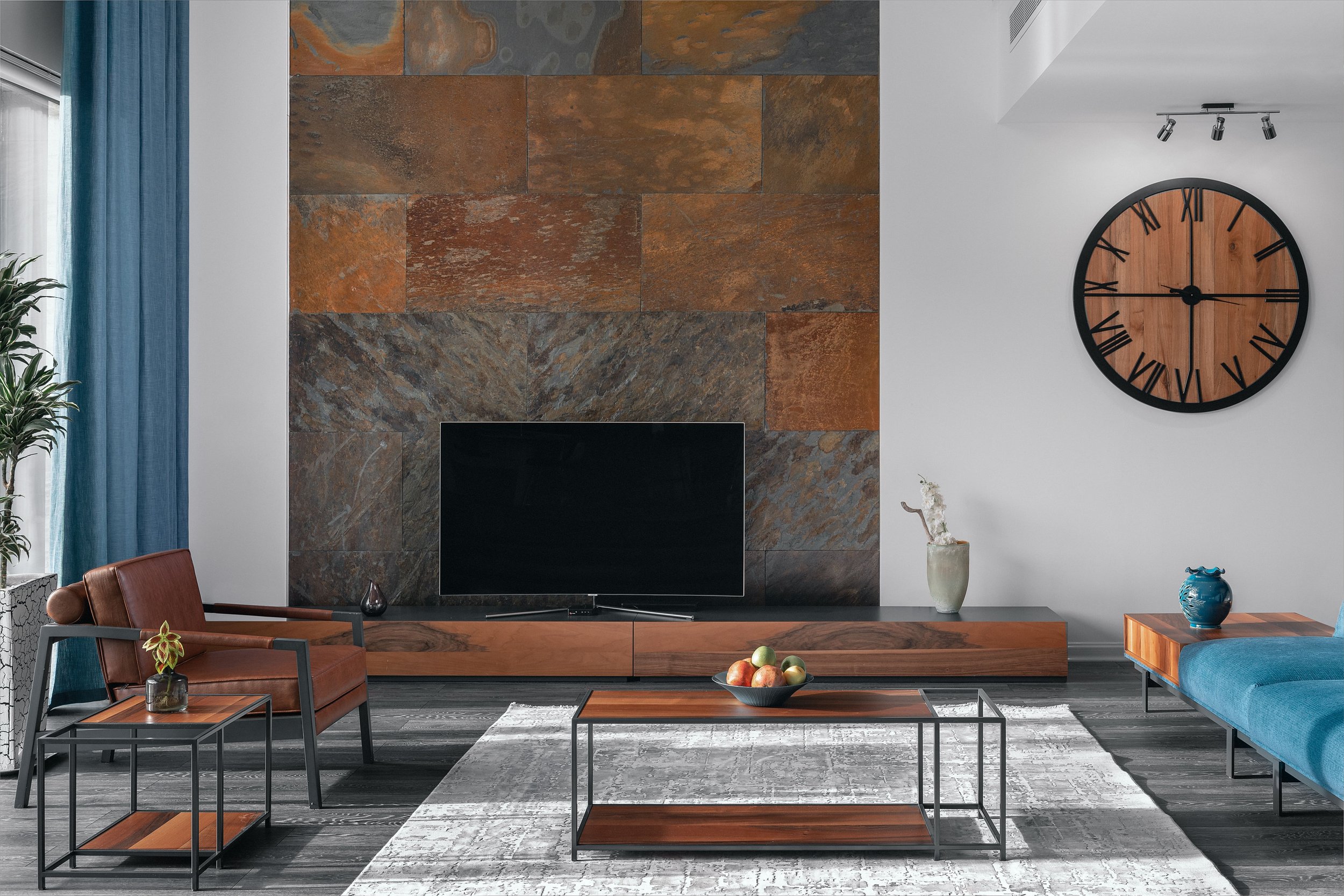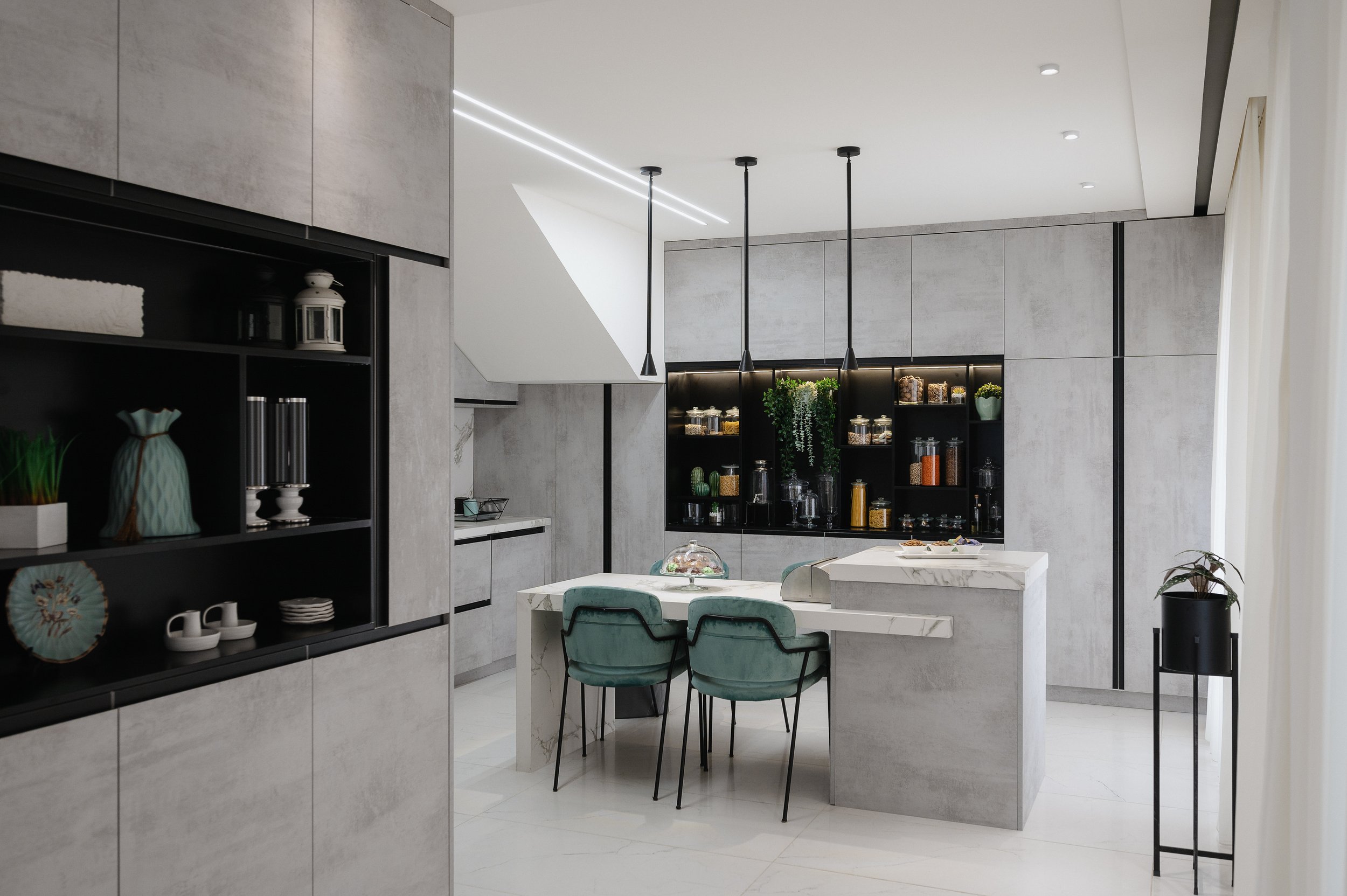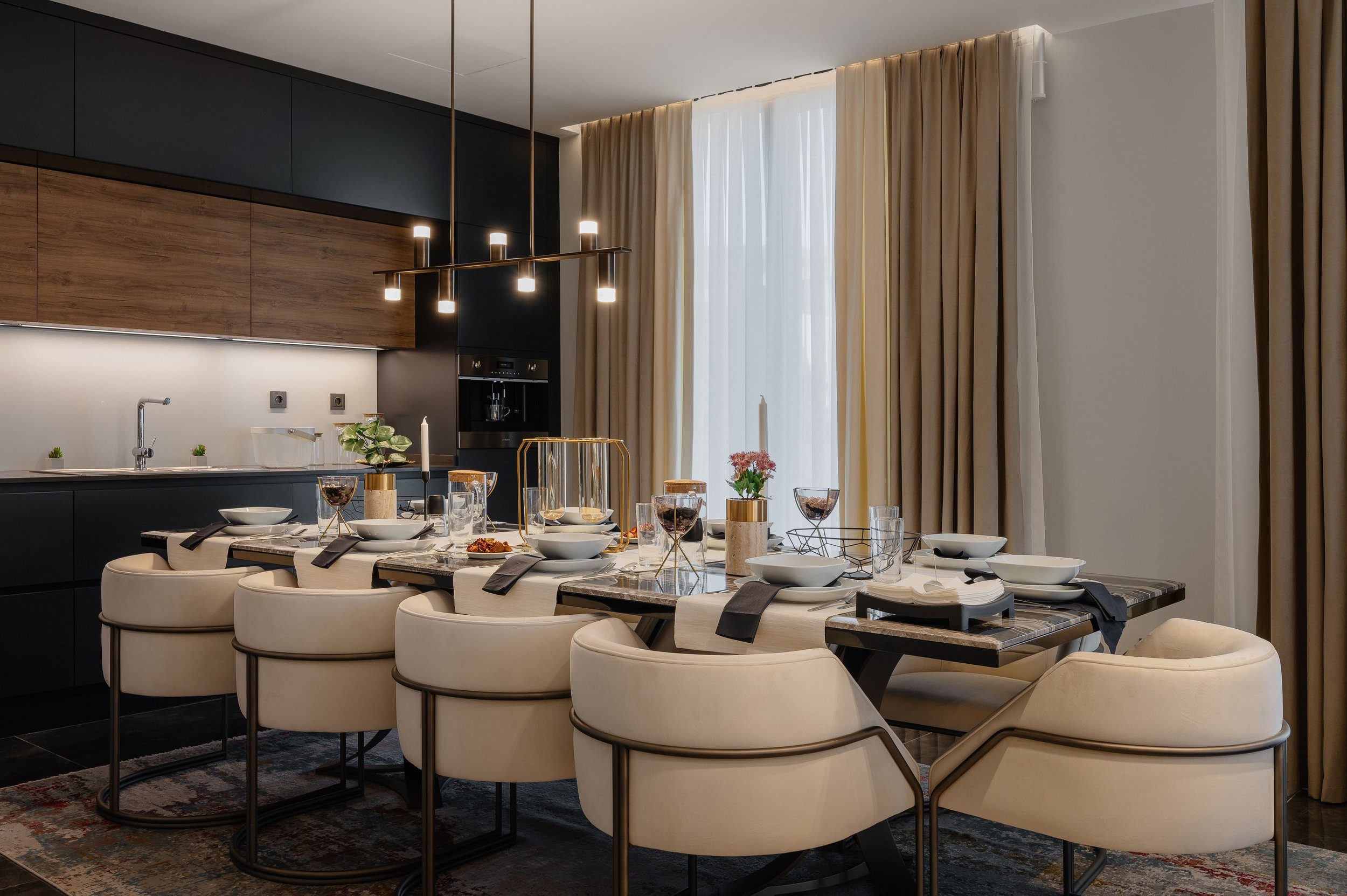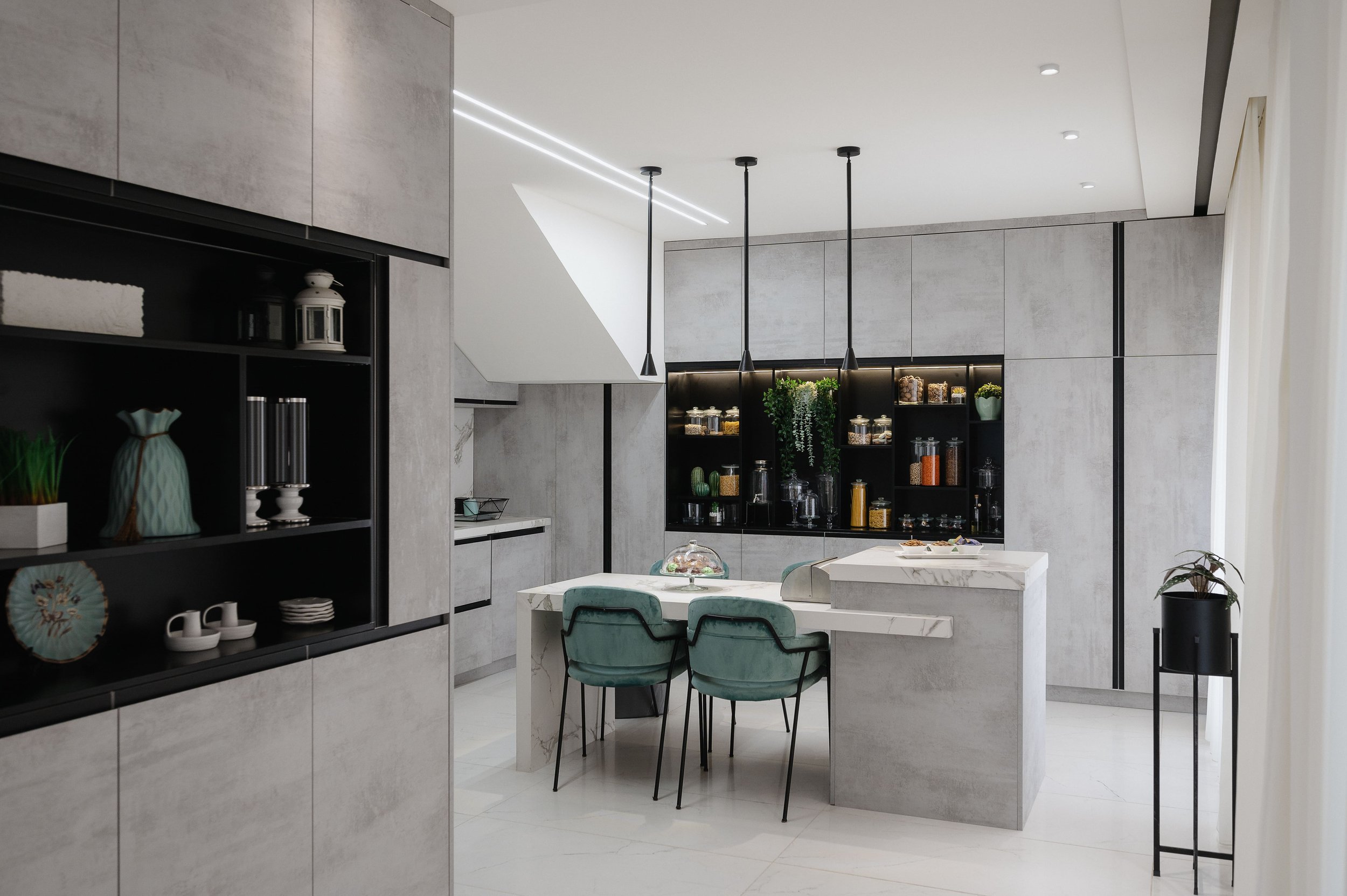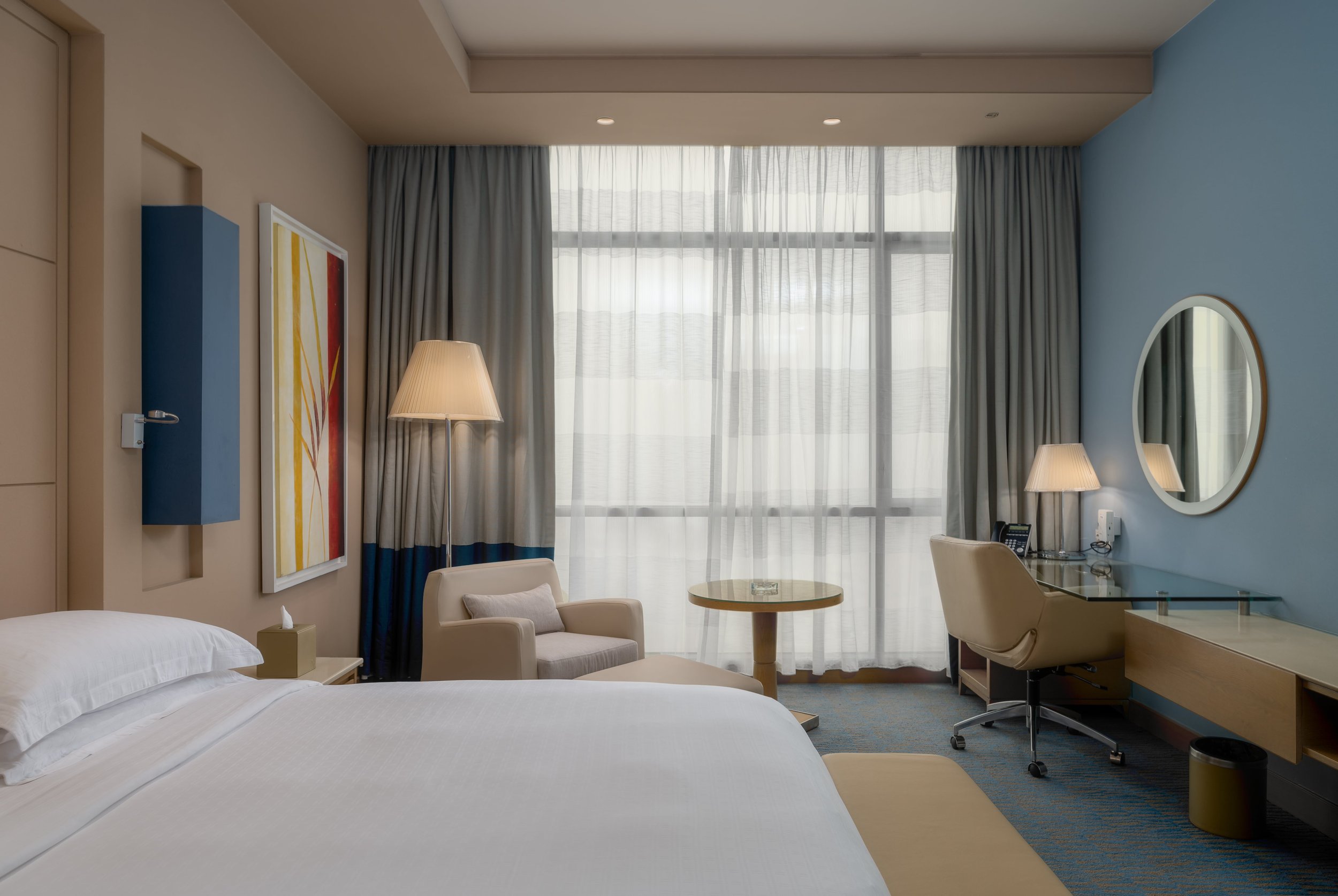Before you start taking photos, here are some tips to help you get the most out of your indoor shots. If you're not hiring a professional real estate photographer, there are some simple camera and equipment setup tips you can use to enhance the quality of your indoor real estate photos. Whether you're an interior enthusiast who simply doesn't have the funds for a DSLR, or you're an aspiring interior designer who can't afford to hire a professional to shoot your work yet, here are 5 Tips for Better Interior Photography ONLY with your phone.
For indoor shooting, it is best to use a real camera, such as a DSLR. While smartphones can take great photos in many situations, a professional or mirrorless DSLR camera with interchangeable lenses is best for shooting indoors.
If you want to take pictures to show clients the full interior, you should use a wide-angle lens. Try a lens with a wide aperture so you can take pictures without a tripod even in low light.
Set a slower shutter speed so you can take better photos in low light conditions. As mentioned above, being able to adjust the shutter speed will allow you to let more light into the camera and capture brighter interior shots. When using a slower shutter speed, any movement of the camera will blur the photo.
The problem with using an iPhone to shoot indoors is that there is almost never enough light and it's impossible to adjust the shutter speed on the iPhone. Unless you're using an incredible lighting setup, taking interior photos at night without natural light can be incredibly difficult. Real estate photography, photos of interiors that use artificial lighting, almost always look less welcoming.
Lighting is a great tool for real estate photographers, I like to use natural light when shooting, or if I use artificial light, I use these settings. As with portrait photography, soft lighting will help you get the best results when shooting indoors.
Even when shooting indoors, you want to use natural light to avoid unwanted shadows and color casts, so open windows to let in as much light as possible. I always photograph interiors with my phone during the day, with the electric lights off and as much natural light as possible. I also prefer mobile phones for this type of photography, as I currently shoot real estate photos and document places where I stay.
Aside from these settings, another really important part of great property interior photography is making sure the property is properly prepared for optimal photos. There are no hard and fast rules as to what settings to use, but once you've taken hundreds of photos of the interior, you begin to understand what settings will work in any given situation, and it becomes a lot more instinctive. Before you start shooting, take a full tour of the location you want to photograph and make any necessary adjustments right away so that when you later enter different rooms with your camera, you can focus solely on photography.

